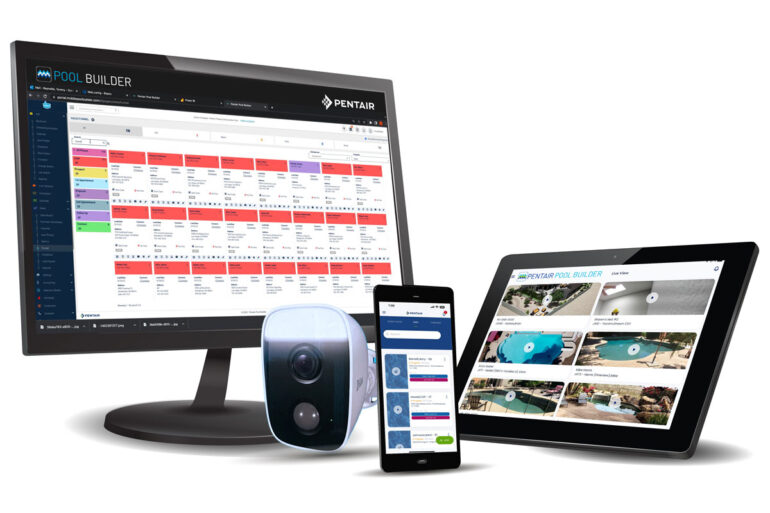Breakeven

“There is no such thing as profit on an order or sale,” says Spencer Tucker, author of “The Breakeven System.”
Many of us go to work thinking everybody makes a little money each day. I make a little money; my landlord, my employees, my suppliers — everyone I do business with —makes a little money. But that’s not true.
You may earn revenue each day, but you do not make any profit until you have paid all your expenses for the month, and that doesn’t happen until you reach break-even sales. This is what Spencer Tucker meant when he said there is no such thing as profit on an order or sale.
It’s vital to know your break-even sales point because if you don’t reach breakeven until the 29th of the month, you better not go fishing on the 30th. If you do, you forfeit your last chance to make a profit before all those monthly overhead expenses reset on the first of the next month.
Overall breakeven is the point where you have sold enough to exactly pay all of your expenses for the month. In other words, it is the point where total sales minus total expenses equals zero. With that in mind, take a look at the following monthly income statement for the Cool Breeze Pool Company.
Cool Breeze Pool Company Income Statement
May 1-31, 2023
| Sales | $1,000,000 |
|---|---|
| Expenses | |
| Labor | $250,000 |
| Goods | $300,000 |
| Rent | $100,000 |
| Sales commissions | $50,000 |
| Office salaries | $100,000 |
| Insurance | $50,000 |
| Office expense | $50,000 |
| Total expense (-) | $900,000 |
| Net profit (=) | $100,000 |
The statement shows the company took in $1 million as sales, spent $900,000 on expenses and earned $100,000 in profit. Simple. But can it answer the question: “How much must the company sell to breakeven for the month?”
When I ask people that question, the answer I usually hear is “$900,000.” That is a logical guess because the total expenses are $900,000. Total sales of $900,000 minus total expenses of $900,000 equal zero, and zero sounds like breakeven.
Unfortunately, it’s not that simple. If sales dropped from $1 million to $900,000, labor, goods and commissions would also drop because they are variable expenses* that go up and down in proportion to sales. The difference between $900,000 in sales and the new, lower expense number would no longer be zero.
“OK,” the usual thinking goes, “if expenses go down with lower sales, I’ll just reduce my guess.” But that won’t work either because if you reduce your guess below $900,000, labor, goods and commissions would go down again.
Every time you reduce your guess for break-even sales, variable expenses go down.** This method won’t work because it has you chasing a moving target.
Now, look at the statement below. It contains the same information, only rearranged. You can see that sales of $1 million and net profit of $100,000 are the same, as are all the individual expense items. However, I rearranged the expenses into two groups: variable expenses and overhead expenses.
Variable expenses and overhead expenses should be separated because they behave differently in relationship to sales. Variable expenses go up and down in proportion to sales. Overhead expenses remain the same regardless of sales.
Cool Breeze Pool Company Income Statement
May 1-31, 2023
| Sales | $1,000,000 |
|---|---|
| Variable Expenses | |
| Labor | $250,000 |
| Goods | $300,000 |
| Sales commissions | $50,000 |
| Total variable expenses (-) | $600,000 |
| Gross profit (=) | $400,000 (+) Margin 40% |
| Overhead Expenses | |
| Office salaries | $100,000 |
| Insurance | $50,000 |
| Office expense | $50,000 |
| Rent | $100,000 |
| Total overhead expense (-) | $300,000 |
| Net profit (=) | $100,000 |
The rearranged statement shows us new information. We can now see total variable expenses are $600,000, gross profit (the difference between sales and variable expenses) is $400,000 and total overhead expenses are $300,000.
The reasons for rearranging the statement are to make total overhead expenses visible and to enable us to calculate gross profit and margin, which is gross profit expressed as a percentage of sales. In this case, the margin is 40%.
Think of margin as the company’s share of the sales dollar. For each new dollar of sales, the Cool Breeze Pool Company must spend another 60 cents in variable expenses. That’s true for the first dollar of sales and for every dollar after that. The 40-cent margin is all that remains to pay overhead expenses, and after all overhead expenses have been paid, to accumulate as profit.
With the information provided in the second statement, we can find breakeven by dividing overhead expenses by margin:
Overhead of $300,000 / 40-cent margin per dollar of sales = $750,000 sales to breakeven
There’s the answer to our question: The Cool Breeze Pool Company breaks even at $750,000 in monthly sales. One dollar of sales more, and the company would make a 40-cent profit. One dollar less, and it would suffer a 40-cent loss.
We will discuss other important uses for breakeven, but in the meantime, take the time to find the monthly break-even sales number for your company:
- Print a monthly income statement for your business.
- Using a pencil and a calculator, separate your fixed and variable costs.***
- Subtract total variable costs from sales to find your gross profit.
- Divide gross profit by total sales to find the margin.
- Divide your total overhead expenses by margin to find your break-even sales.
Are you surprised? I hope you find this more interesting than tedious, but in any case, give it a shot.
Breakeven is too important to ignore. As we will see in future articles, there are many uses for breakeven. It is a fundamentally important tool with the power to transform your thinking and the quality of your business decisions.
*Variable expenses are also known as variable cost, cost of goods sold, cost of sales and direct costs.
**Well, maybe not every time. There is a right answer, and you might find it by guessing.
***Your statement may have a section titled “cost of goods sold,” which is another name for variable costs. The section may already include items like materials and products sold. Look for and move other variable expenses such as labor, subcontractors and commissions that are often included in overhead.






